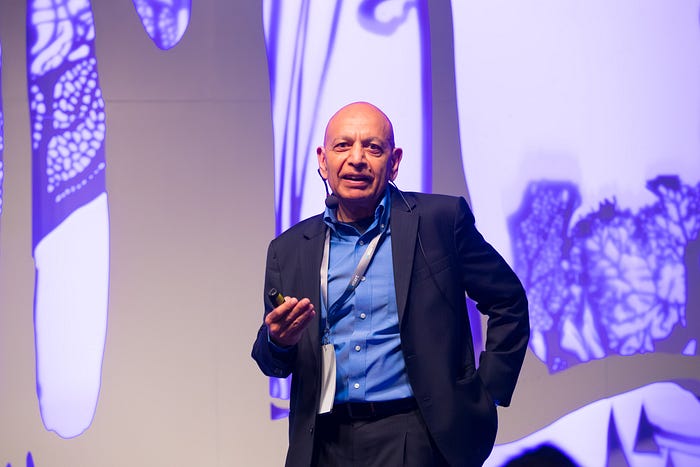Dr. Anil Gupta: What India will look like in 2030
At the Kalaari Summit 2019, Dr. Anil Gupta threw light on #HindustanHamara opportunity from a macroeconomic perspective. Dr. Gupta is a leading academic from the University of Maryland on global strategy & entrepreneurship. The author of five books on globalisation, Asia, China, and India, he is regarded as an expert on emerging markets. In his presentation, he predicted that India’s consumption will rise at least three-fold by 2030 with the massive demand that will get created due to multiple socio-economic factors. Below are some of the key takeaways from his session:
India will become the 3rd largest economy by 2030
Currently, India is the 7th largest economy in the world in terms of GDP. Considering India’s 7% GDP growth rate, IMF projects it to outgrow UK and France to become the 5th largest economy by the end of 2019. By 2030, it is predicted that India will grow bigger than Japan and Germany as well.

The impact of India’s GDP growth can be visualised through some key ratios:
· US to India GDP ratio will reduce significantly from 8.8x in 2010 to 3.8x in 2030
· Similarly, the gap between China and India will also shrink from 5.0x today to 3.6x in 2030
Both these ratios are based on the prediction that India’s nominal GDP will rise from $2.7T in 2018 to $8.4T in 2030 as well as related predictions for US and China.

Household consumption to increase by USD 3.5Trillion in 2030
With India witnessing a high GDP growth rate, a large part of this growth is expected to be focused on consumption. Dr. Gupta noted that India’s household consumption at today’s prices will grow to $5T from today’s $1.6T. This $3.4T increase will be India’s new consumption power that companies can cater to across customer clusters, geographies and types of consumption needs.
Breaking down the new consumption power, Dr. Gupta says that half of this $3.4T will be people buying the same goods they are buying today, mostly food items and necessities, but in larger quantities. The key point to note here is that more than half of India’s population is currently rural and very poor. The other half of the growth will come from premiumization and entirely new product categories where they do not consume anything today (e.g., organic fruits and vegetables). As people have higher purchasing power, they will consume more goods that they aspire to possess, which could be deemed expensive for them today. It is expected that non-food items will grow 1.5x faster than food items in the coming decade.

India’s economy will be driven by the youth
Given the pace of growth in India, we are likely to see a rapid decrease in poverty according to Dr. Gupta. His research forecasts that the population below the poverty line will be 5% in 2030 compared to 15% today. However, India will continue to remain a largely rural country, and we expect to see 0.5% of the population urbanizing each year. In comparison, China urbanized at 1% at its peak GDP growth spur. By 2030, India will still be about 60% rural as compared to 66% today.
In terms of demographics, the country will grow slightly older but still remain a young country compared to its competitors such as China and the U.S. in 2030. India’s median age will be 31 years old, with China and the U.S. having a median age upwards of 40 years. Thus, India will remain a nation powered by a large young workforce over the foreseeable future.
Watch the entire video of the session here-
*The Kalaari Annual Summit- Every year, Kalaari hosts a Summit that highlights the India opportunity and the impact that start-ups have on the ecosystem. Over the years, the Summit has become a seminal platform for industry thought leaders to engage in dialogue on growing India’s digital economy. This year our theme was #HindustanHamara, where we discussed how startups are embracing India’s diversity and building “Uniquely Indian” business models to enable inclusive digital growth. Read more about the summit here.
Acknowledging Rohit Ganapathi, a contributor to this article. Rohit is a Kstart fellow.
